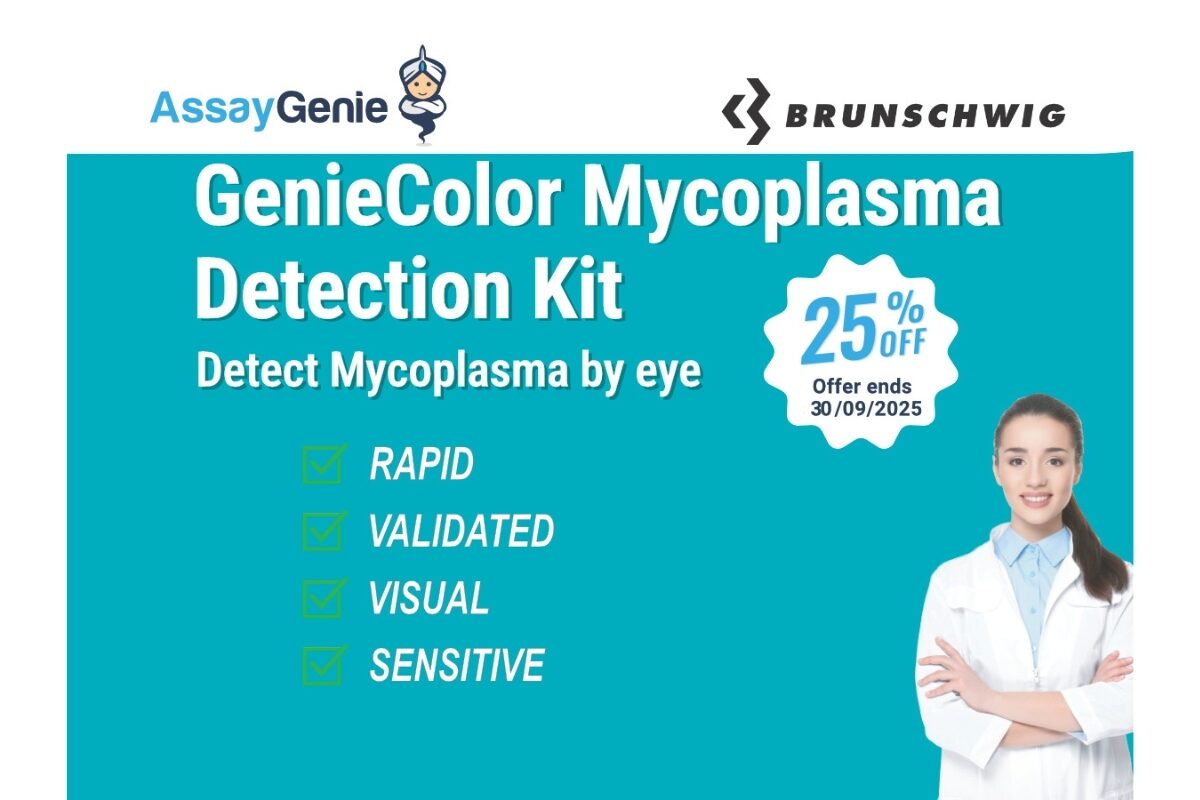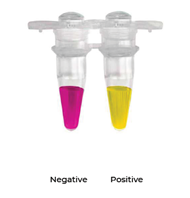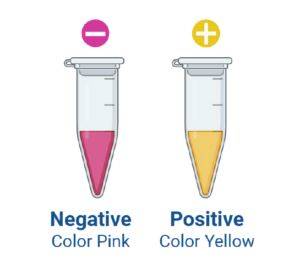Special pricing on Genie Color Mycoplasma Detection Kit
Offer valid until 30.09.25

Detect Mycoplasma Cell Culture Contamination by Eye in 60 minutes!
What does Mycoplasma cause?
Mycoplasma Contamination Changes Your Results!
15-70% of cell cultures are contaminated with Mycoplasma.
This results in $$$$m in lost time and discarded cultures
Mycoplasma can also cause suboptimal protein production,misidentified cell lines, cell death, chromosomal aberrations, disruption of nucleic acid synthesis, changes in membrane antigenicity, inhibition of cell proliferation/metabolism etc
How does Assay Genie solve this problem?
GenieColor Mycoplasma visual contamination detection kit!

Simple | Only heating block required - no QPCR or Luminescence instruments
Fast | 1-step assay with 60 minute protocol
Flexible | 25/50 tests for adherent/suspension cells & wide serum/media compatibility
Visual | Detect contamination by eye with Pink-to-Yellow color change!
Technology | Utilizes Isothermal amplification & pH visual color change
Validated | Detect up to 40 Mycoplasma species in 1ul cell culture supernatant
Updated | Same technology as our MycoGenie Mycoplasma kit (MORV0011) but easier to see pink-to-yellow color change!
Simple Protocol in 60 Minutes!

Visual Detection

| Cat N° | Description | Promo Price |
| RGEMORV0013-25 | GenieColor Mycoplasma Detection Kit, 25 rxn | CHF 331.65 |
| RGEMORV0013-50 | GenieColor Mycoplasma Detection Kit, 50rxn | CHF 482.85 |
Terms and Conditions: Offer valid from 01.07.2025 until 30.09.2025
Prices are net, excluding VAT.
This promotion can’t be combined with any other ongoing discounts or offer
Click here to download the flyer : Geniecolor mycoplasma detection kit_promo
Auf dem Wolf 10
CH-4052 Basel
Tel +41 61 308 91 11